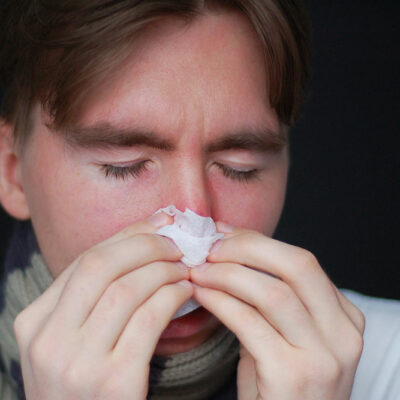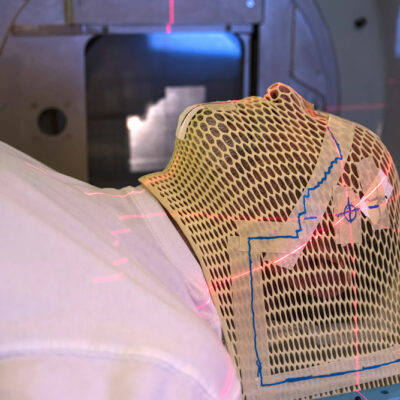
Health
The Biggest Allergy Myths
Allergies can be quite common with people. These range in intensities and most can be cured if diagnosed at the right time. Sometimes situations exacerbate when allergies are accompanied by misconceptions and myths. 1. Food allergy Roughly 32 million people are diagnosed with food allergies, and some of these cases are life-threatening. In scientific terms when the allergy reaches a life-threatening stage, it is termed as anaphylaxis. Here are some of the common myths that surround food allergies – If the reaction is mild, then the food allergy will also be mild The truth is that mild symptoms can soon aggravate if not taken care of. There is no difference between food allergies and food intolerance: While food allergies involve your immune system, food intolerances do not. If one of the food allergy types grows during childhood, it will stay lifelong: One can develop a food allergy at any age. Having said that, it is also seen that children tend to outgrow food allergies over time. 2. Skin allergy If you have rashes, you have skin allergy There is a difference between dermatitis and skin allergy. Dermatitis tends to show its effects very quickly, while skin allergy takes time to surface.
Read More 















